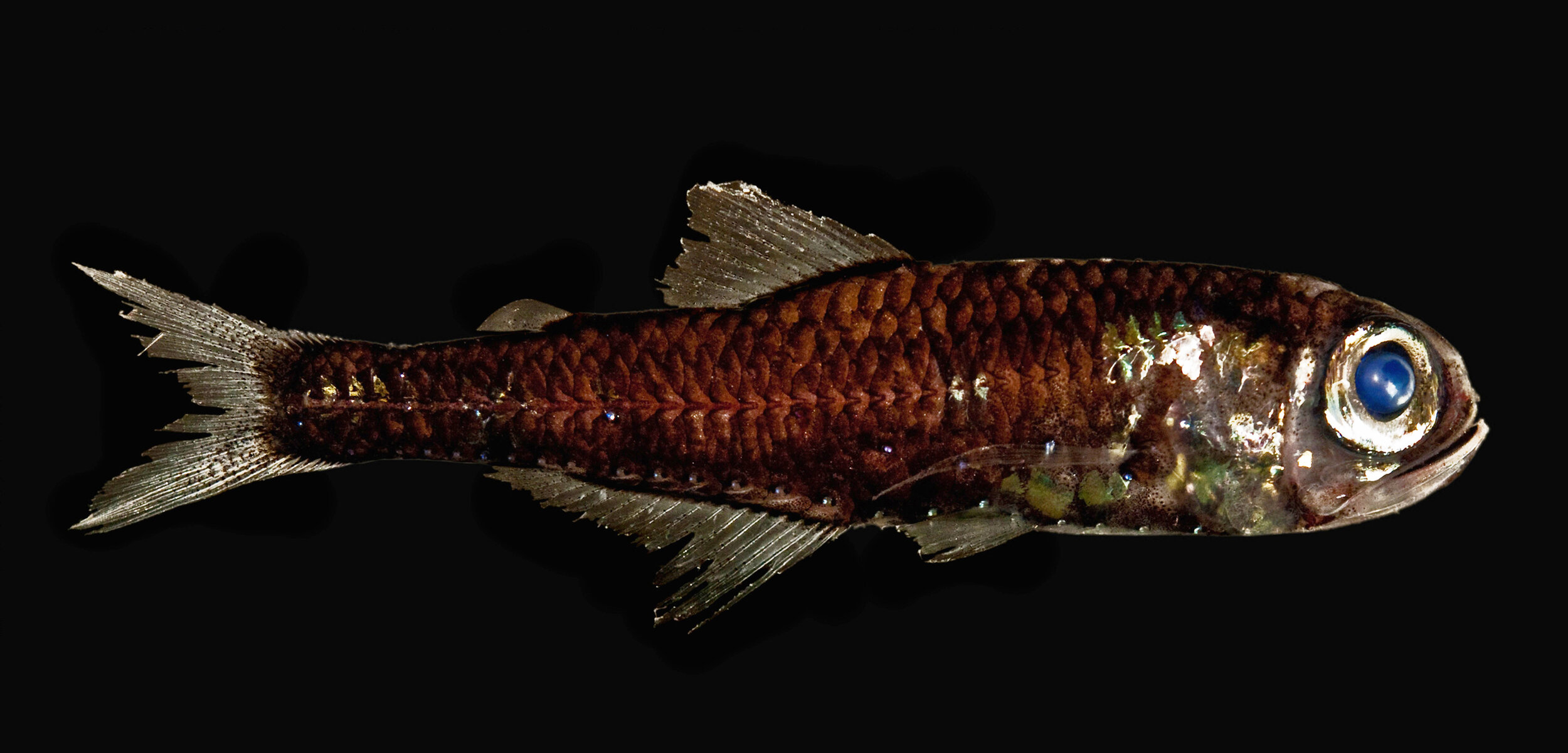
Going deeper
Mesopelagic fish are small, fragile and decompose quickly. They live down in the deep scattering layer at depths between 200 and 1,000 m along the continental shelf in the Atlantic, Pacific, and Indian Oceans.
Even though they are small, from 1 cm and up to 15 - 16 cm in length, the global abundance and biomass of mesopelagic fish is massive. Experts estimates the global biomass of mesopelagic to be more than 10 billion tons.
Mesopelagic fish makes up a large part of this amount. Countries in West Africa (Mauritania, Namibia etc.), South-Africa, Oman, Indonesia, and other countries, could have vast amounts of mesopelagic fish outside their coast.
These numbers also explain why the national Ministry of Fisheries and Maritime Economy in Mauritania, in their strategy for 2020-2024, determined that exploiting these spices could “open up very great development prospects for the fishing sector”.
To achieve this, one need to break the code for treating and processing this species that are so easily being damaged when harvesting them. This because of their soft and fragile bodies.
In contrast to the majority of fisheries that mostly harvest for direct consumption, Mesopelagic fish is not considered to be suitable for human consumption..

